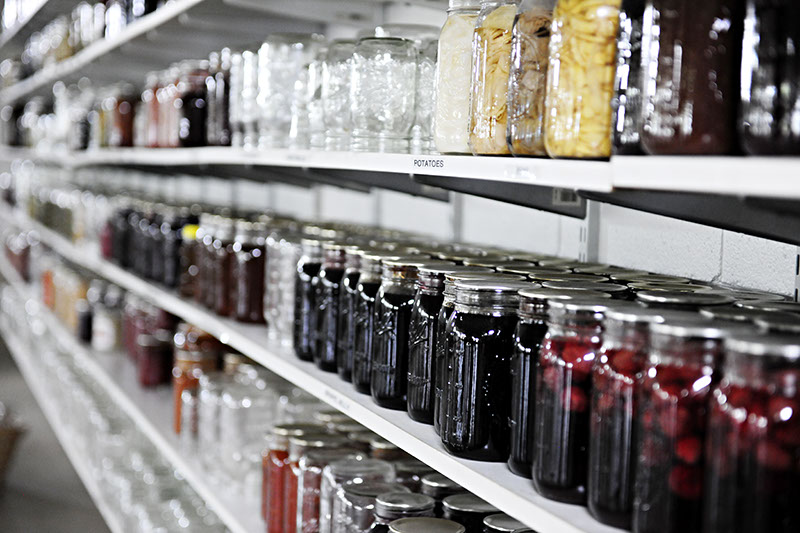Beginning in 2020, New Earth Healing Center began a project and marketing focus within the local Amish community to providing vibration therapy to entire families. We have some amazing stories, case studies from our field research, and new techniques and methods developed from our experiences with the Amish communities.
Note: We did not take any photos of our local Amish families. All of the images you see on this page was purchased from a stock photo website.
In this post, I’m going to highlight some unique characteristics of the Amish communities in LaGrange County, Indiana so you can better understand the lifestyle and challenges they face on a daily basis.
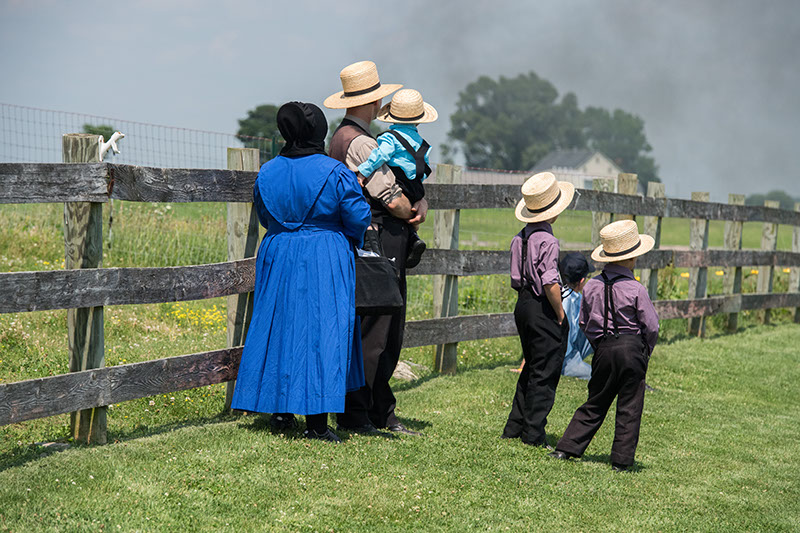
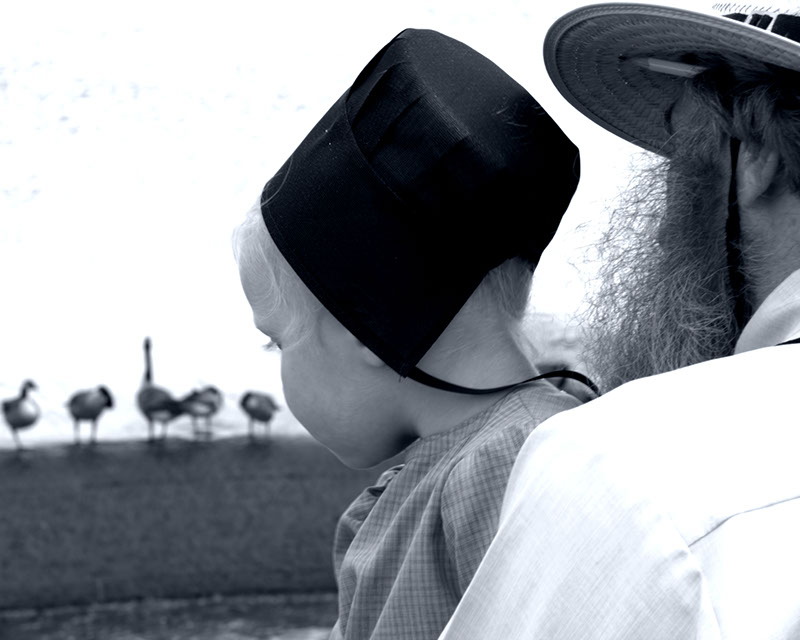
According to Wikipedia, the Amish are known for simple living, plain dress, Christian pacifism, and slowness to adopt many conveniences of modern technology. I agree with the first part of the definition, but the “slowness to adopt” conveniences is a conscious choice each Amish community makes based on rules and doctrine specific to the church leadership. Each community develops slight differences to what technology is “allowed” by the families belonging to the Church.
We work with several different communities throughout lower Michigan, and each one has unique variances like the ability to use battery-operated tools, operate close-topped buggies (see below), and relax in the home with upholstered furniture. Each community is defined by the Church which includes the community rules and the establishment of the school.
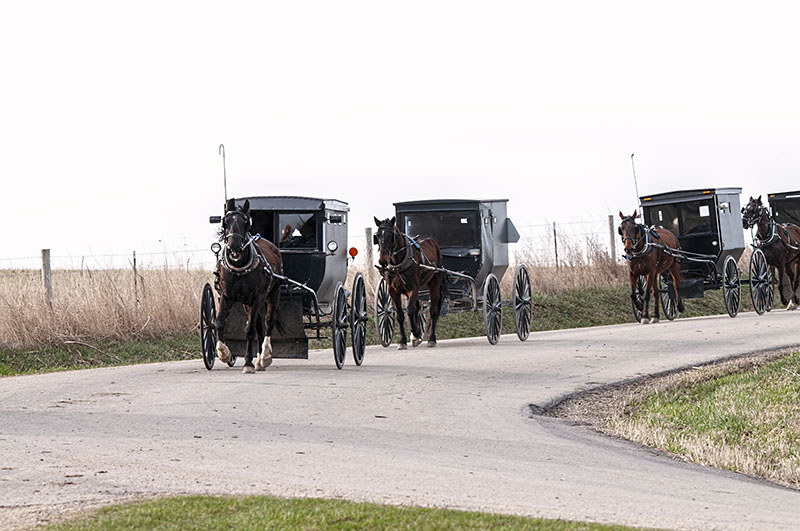
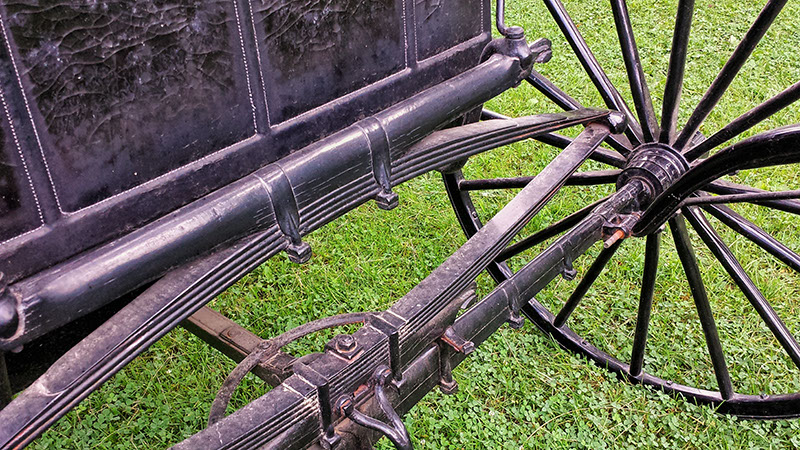
In the images above, you can see the traditional close-topped buggies which is the main transportation for the entire family. Some of our Amish communities only allow open-topped buggies. In the top right image, you can see the simple technology for steering, breaking, and stability. Each community sets the standards for required safety equipment ranging from a simple orange caution triangle to blinking tail lights, head lights, and turn signals. Lights are powered by batteries and charged with either solar panels or gas-powered generators.
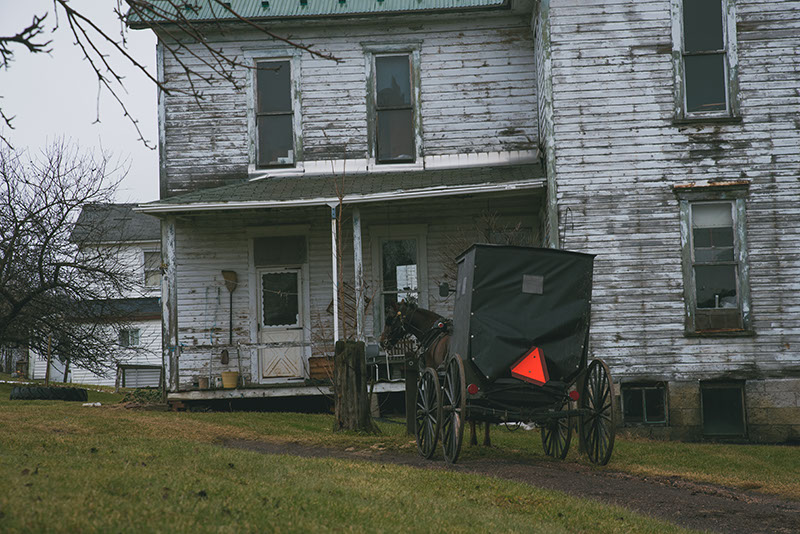
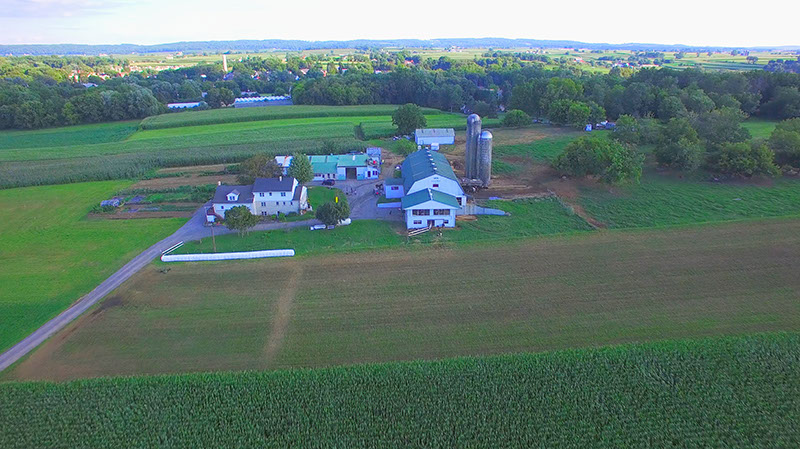
The houses and farms in our Amish communities range from older structures built in the late 1800s to very large farms with multiple outbuildings. A family might move into a community by purchasing a property with an existing structure with electricity and renovate by removing the electricity and the central air and heating systems. Most families will build a large “great room” onto the structure to accommodate their large family and provide a fellowship space for gatherings.
When a house structure is built by the Amish, there is usually no electrical wiring, ducting, and hot water piping. Some communities allow for cold water piping powered by a gasoline engine or a wind mill (image below on right). Other communities use an “out house” and a hand pump to supply water within the home.
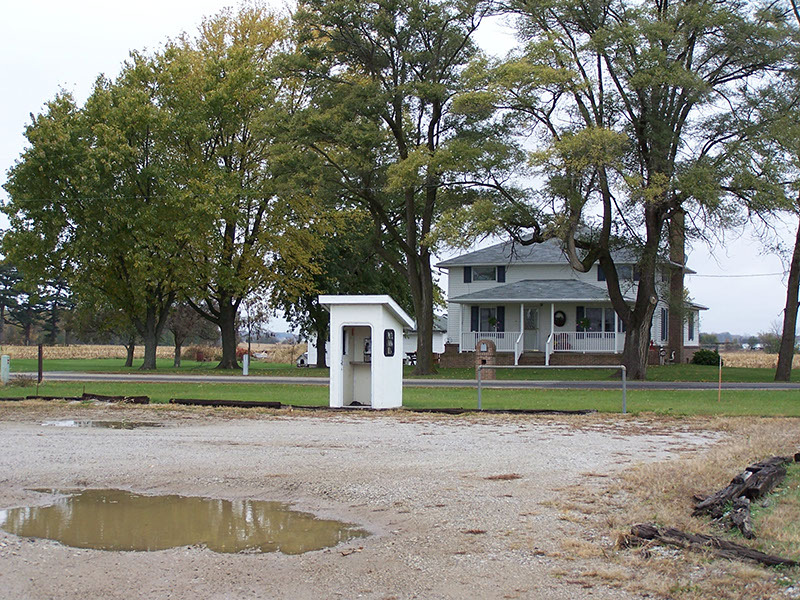
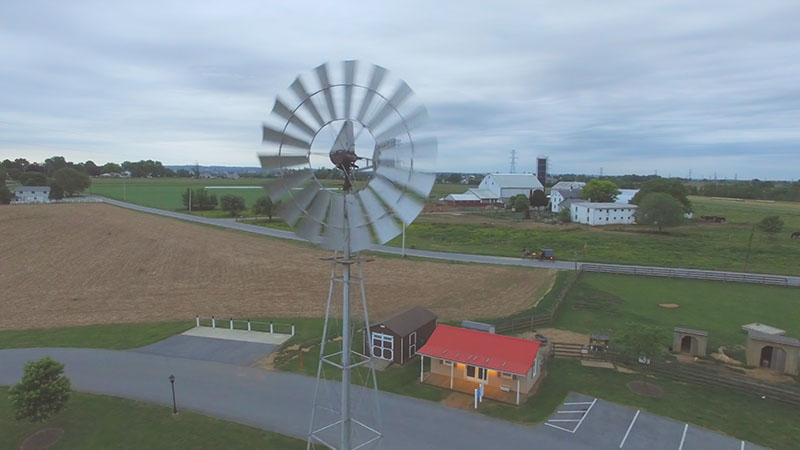
Amish farms are easy to identify as you drive through the countryside. Some of the many out buildings you will find include a small structure or pump house with a gas-powered pump, a barn to house the horses, and a small shack at the edge of the property for a community phone booth (image top left). You might also find a heavily insulated ice house where large blocks of ice are stored throughout the year.
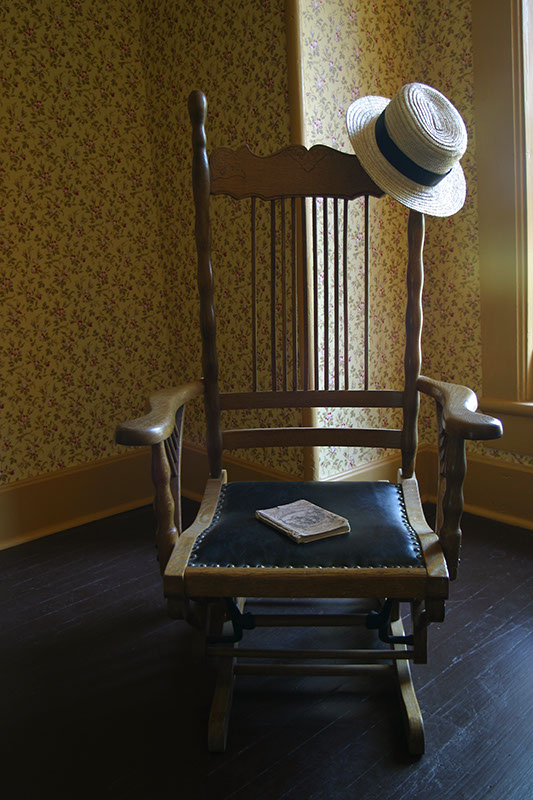
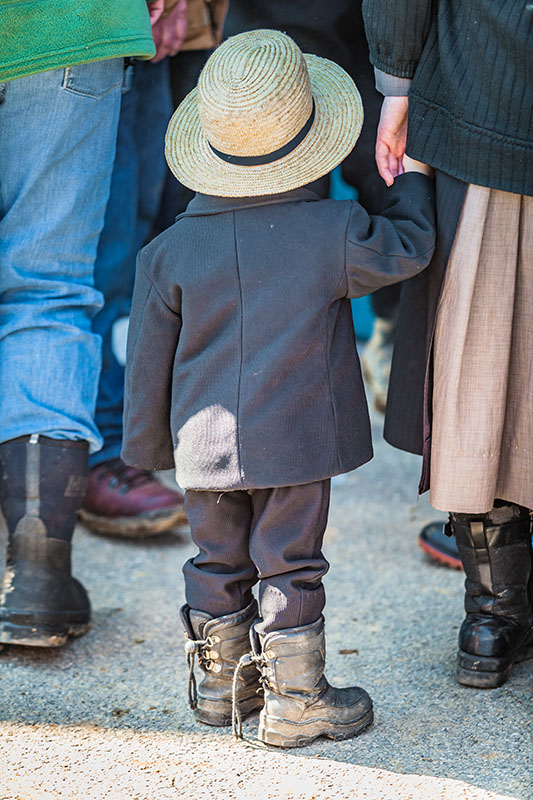
Amish do not focus on comfort or relaxation. In some communities, upholstered furniture like couches and chairs are not allowed. You will usually find simple rocking chairs (top left) and gliders in the great rooms where they spend their evenings reading books by propane lanterns and head lamps.
In the top right image, you will find the typical Amish outfit for a child with simple boots, pants, shirt, and jacket. Every Amish boy will wear a hat similar to the one in the image.
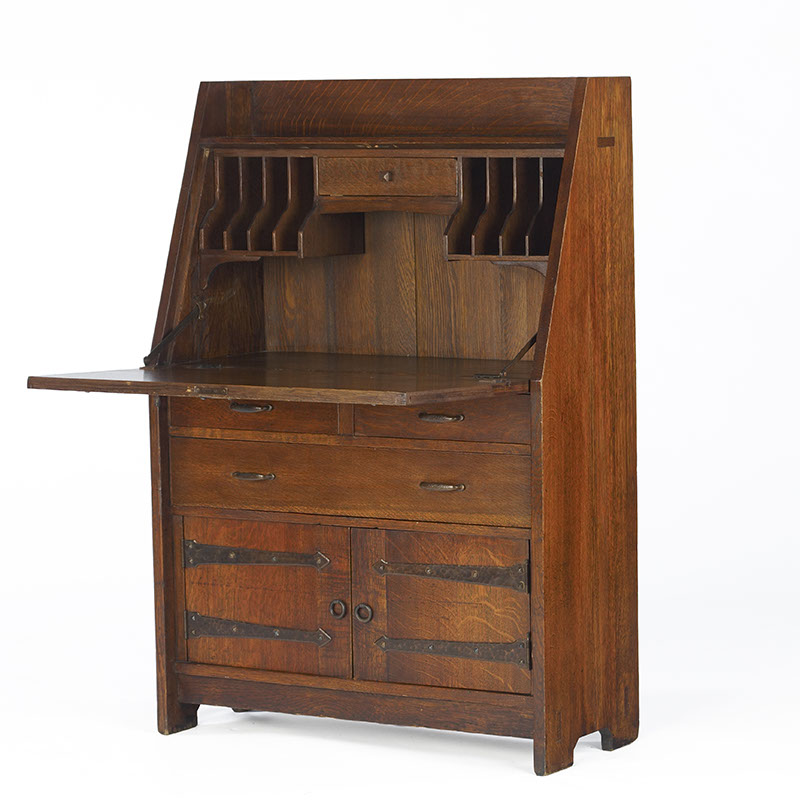
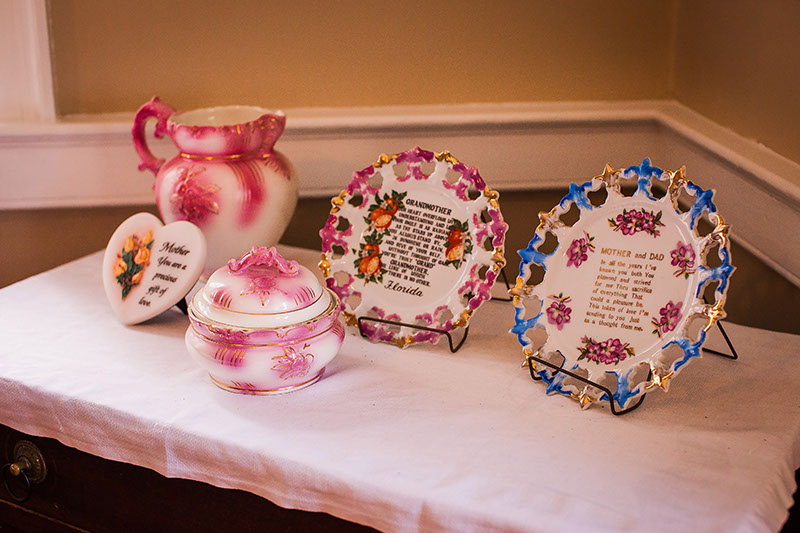
Typical furniture in Amish houses are hand-made with solid wood. You will not find particle board furniture in these homes, and we would consider most of their furniture to be “antique” by most standards. In the top left image, we have seen this drop-down writing desk in almost every home. This is where most of the writing and business work as performed.
Amish families do not take portraits or pose for pictures since it would be an act of vanity. Rarely would you see a mirror, and those houses with mirrors in the bathroom might be covered with a curtain. We do see some family heirlooms displayed in the bedrooms, and wall hangings might consist of a hand-painted list of the family tree with names and birth dates.
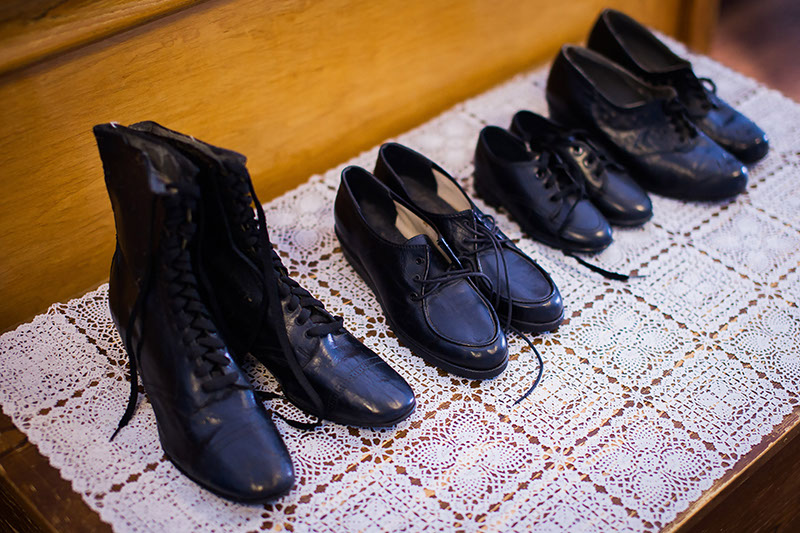
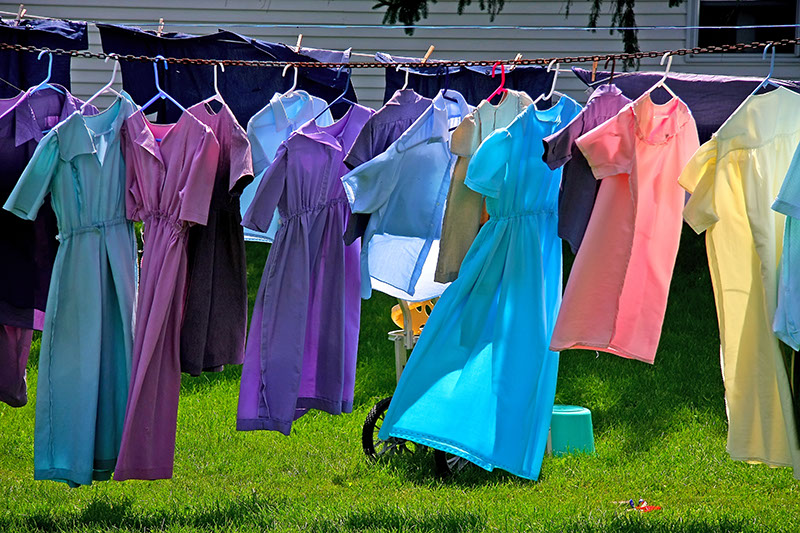
During the Summer months, most of the Amish in our area do not wear shoes unless required within the work setting. We have seen them mow the lawn barefoot with a manual push mower. During formal events and the winter months, a traditional shoe or boot would be plain black leather (upper left). We have only seen tennis shoes in a few occasions in the more progressive communities, and even those were very understated with solid colors.
In the top right image, you can see the many colors of shirts and dresses hanging on the line. These are the typical colors we see within our local communities with solid earth tones without any patterns. Each family will purchase large quantities of fabric and make their own clothes which is why you would see a family all wearing the exact same colors for a formal event.
In most of our communities, there are no buttons or snaps on the clothing. Women wear “smocks” over their dresses with straight and safety pins to hold everything together. Men wear suspenders with no belts.
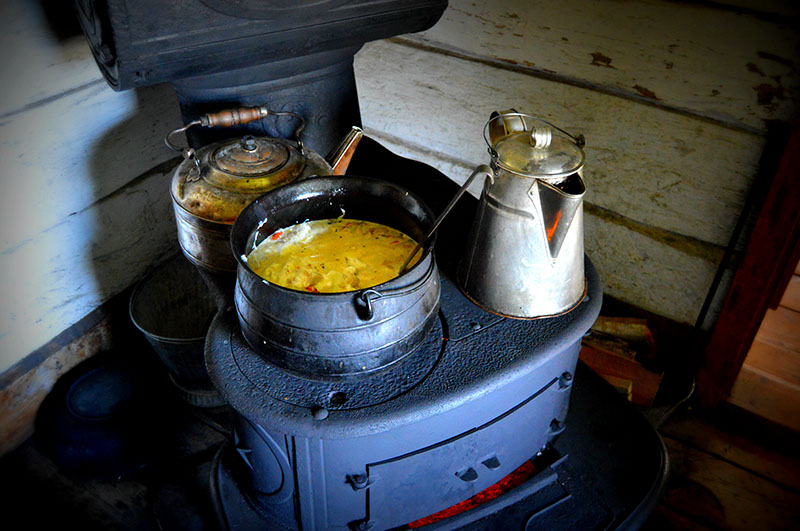
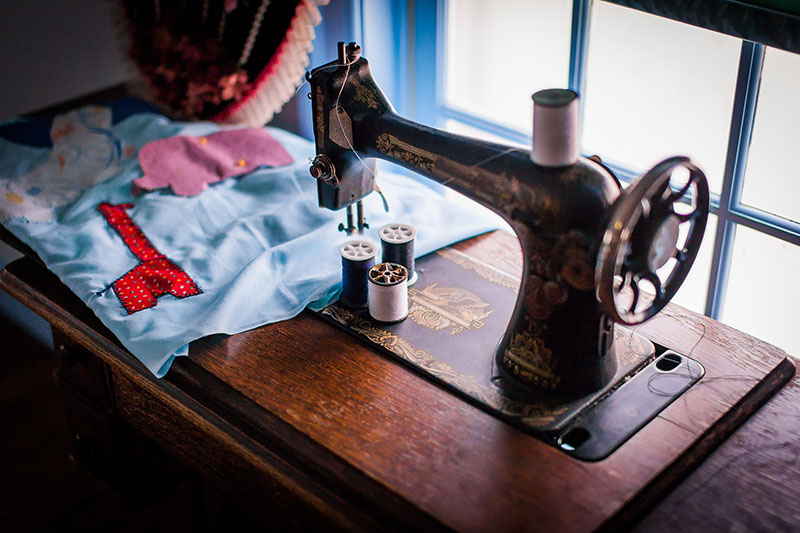
The wood burning cook stove serves for both cooking and heating the house. In many houses in lower Michigan, the kitchen and cook stoves are set away from the living quarters since the heat during the Summer months makes the entire house uncomfortable. Some houses have wood burning furnaces either outside or in the basement to serve as a full house heater. There is no cooling other than opening windows. Most houses in LaGrange County, Indiana use different types of stove with gas and generator-powered appliances.
With no public electricity, we often see several self-propelled sewing machines which would be considered as antiques as well. (top right) In Indiana, most houses use a combination of solar power and gas-powered generators for some daily activities.

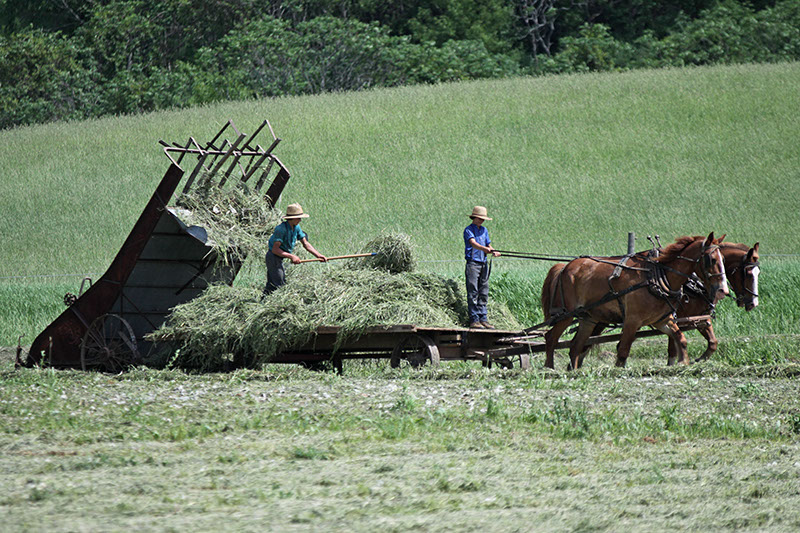
Farm life is a constant activity since all Amish families have horses at a minimum. So in addition to the family business, the work to maintain a household and farm is substantial. Most farms have teams of work horses with the larger farms using Belgian horses in our area.
All equipment is horse draw, but some families are allowed to use gas engine-assisted equipment like the bailing machine in the top left. Other families must use manual-powered equipment like the top right image.
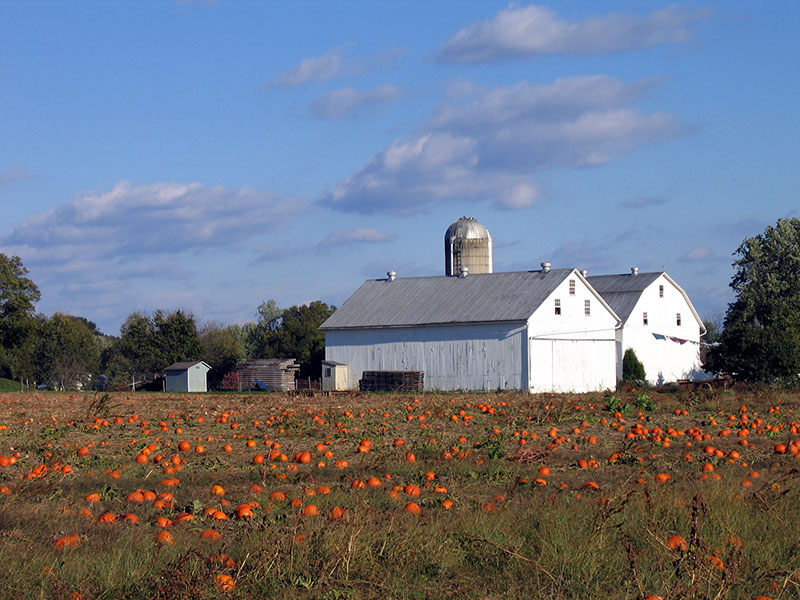
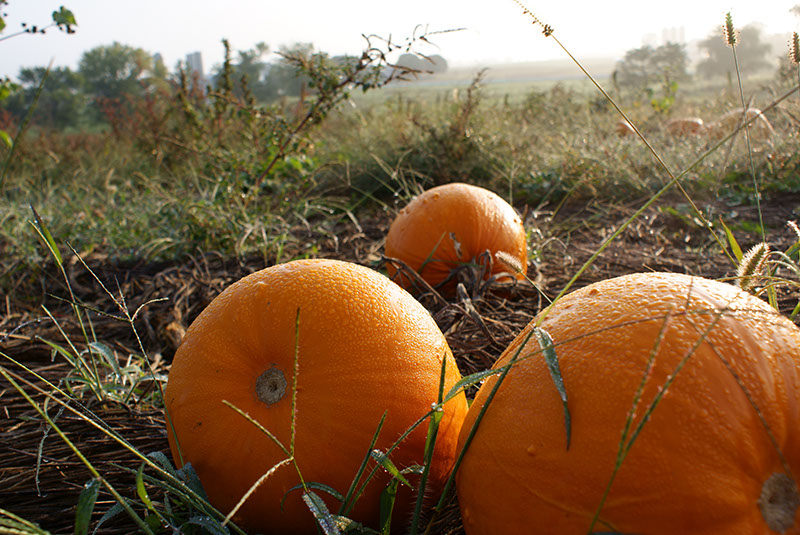
In our local communities, many farms grow pumpkins as a family business. During the picking season, the entire family loads the pumpkins into large wagons and transfers them into giant cardboard retail holding boxes (tri-walls). A semi tractor trailer will back into the barn and load the boxes into the trailers for distribution. You will also see horse and wagon deliveries to local sellers in the Fall.
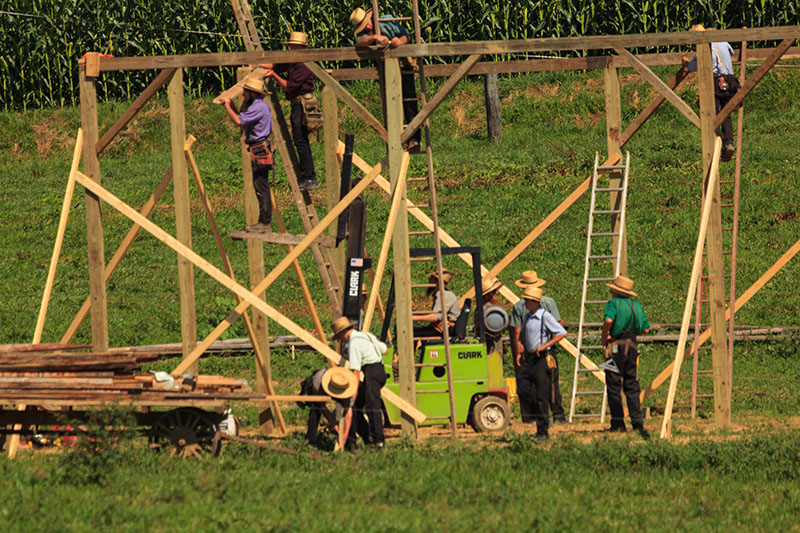
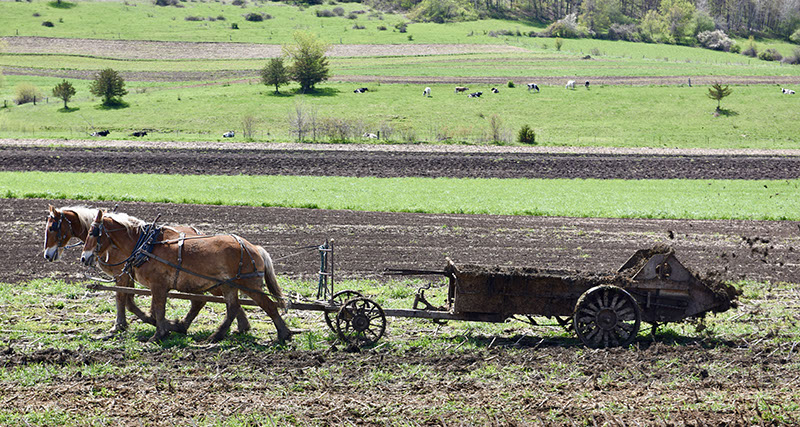
Some activities and events require help from the entire community like a barn raising or spreading manure on the fields in the Fall to clean out the barns. In the image on the top left, you can see an Amish person driving the fork lift. Some families with a construction business will own and operate large construction equipment including bulldozers, front end loaders, and grading equipment.
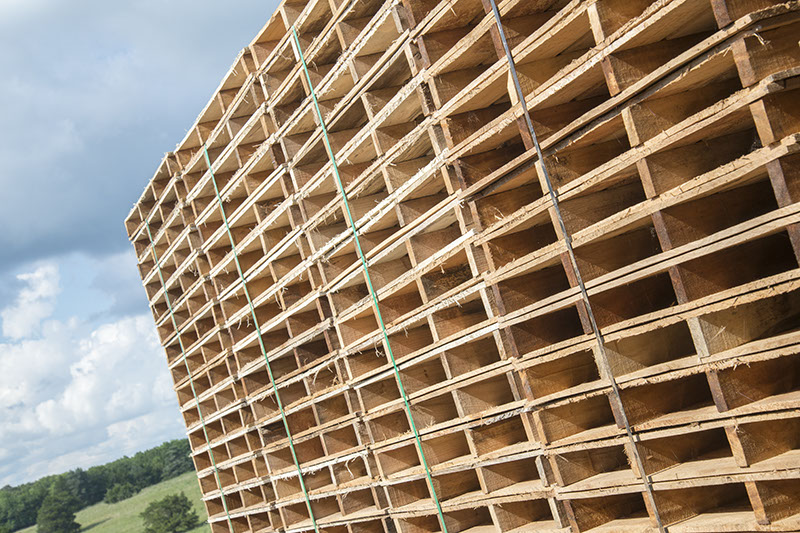
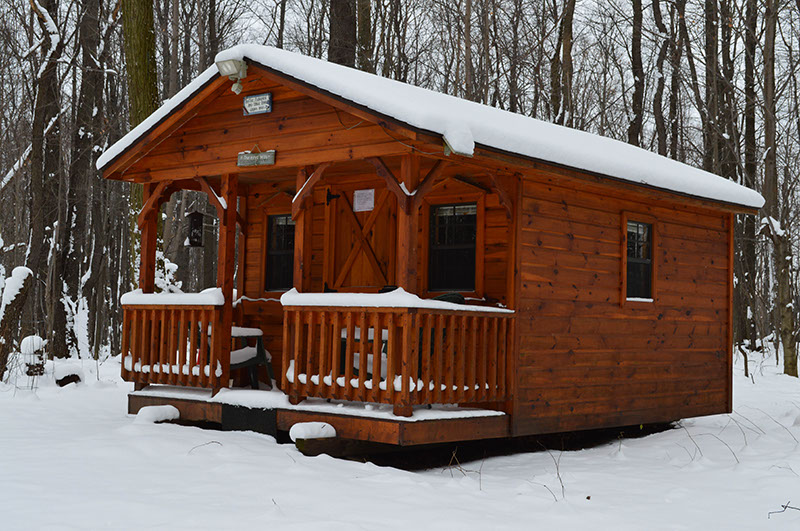
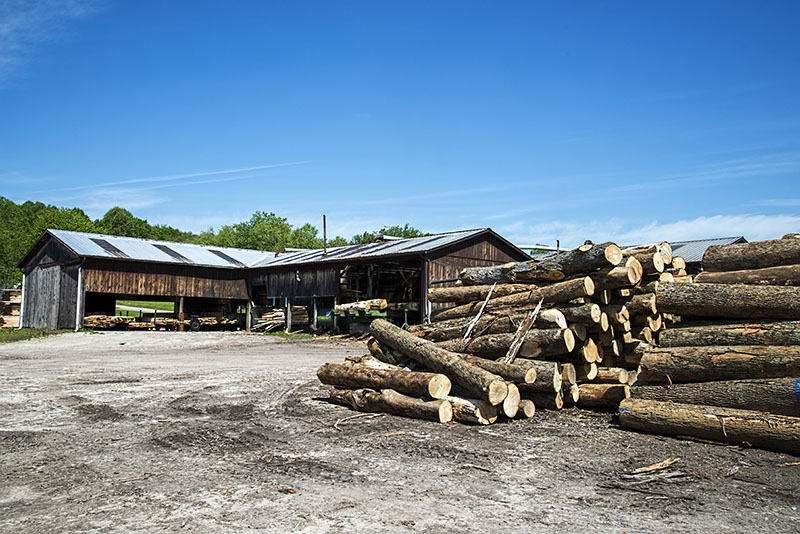
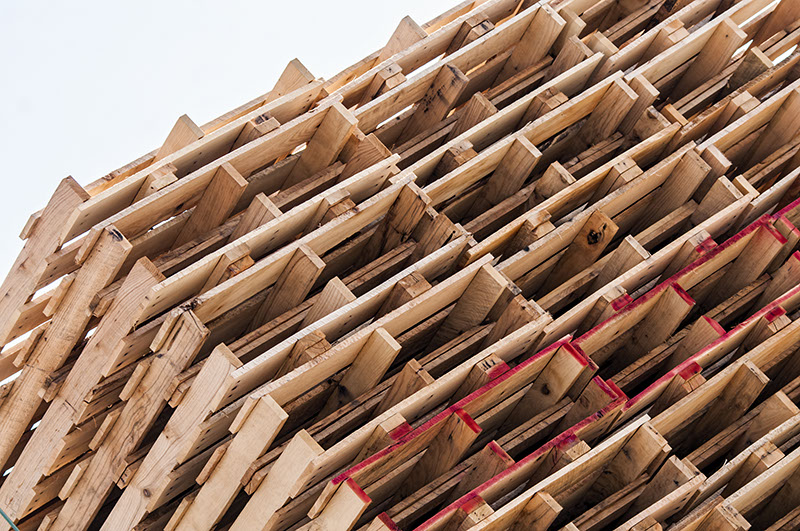
In addition to farming, a typical family business might be a saw mill where wood is distributed or used to manufacture things like pallets, sheds, windows, and cabinetry. Amish families are very accomplished at carpentry, so they either operate their own factory or contract their carpentry services to build structures on a construction site. Some families actually serve as the lead contractor for the entire job.
Most factories use large electric generators powered by fuel oil, gas, or wood to run the various equipment. Amish are allowed to use electricity for the purpose of their family business, but the structure is still independent from the local power grid. Sometimes we see solar panels adorning the roofs of the barns to power electric fences.
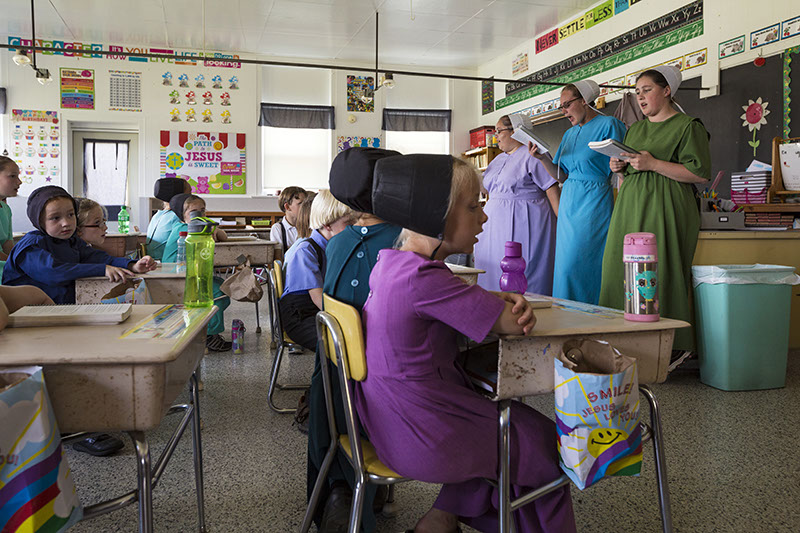
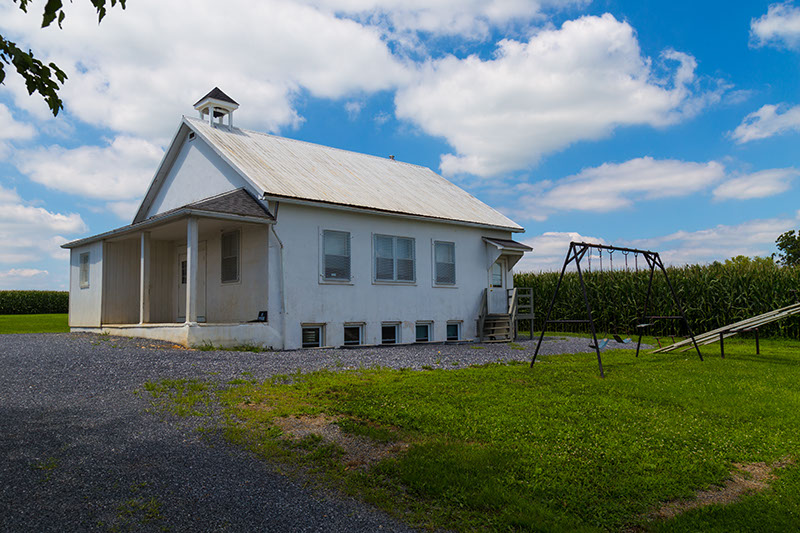
Each community is defined not only by the Church but also by the school. Some communities might have multiple school houses as the families continue to expand. Most schools are very simple with one or two main rooms. Children will attend school from grade one (age 6) up to grade eight (age 14) at which time they learn life skills as girls work within the home and boys start their official apprenticeship within the family business.
Schools teach the basic reading, writing, and arithmetic (math) skills and some Amish history. All Amish children learn to speak Pennsylvania Dutch (German) prior to school, and they start learning English during the first years of school. Most families will speak Pennsylvania Dutch in the home and English while out in the community. Most children below the age of 5 do not speak English fluently.
School houses teach all of the children together for some subjects and split into age groups throughout the day. Teachers are either the male community leaders in newly formed communities or younger, unwed women. Once a female teacher marries she will resign her duties as a teacher.
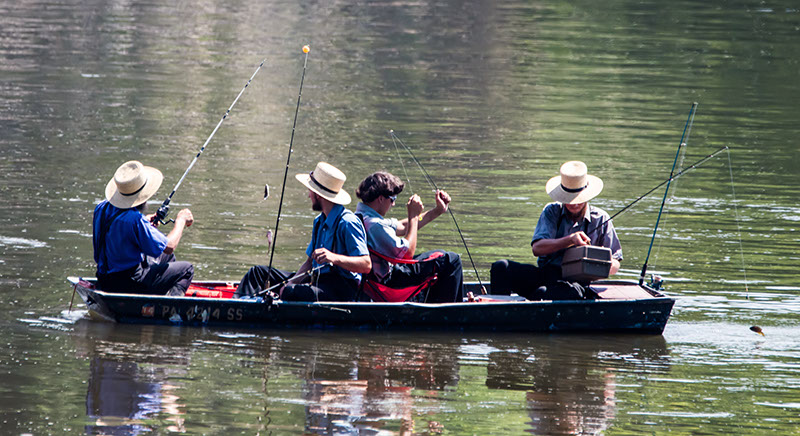
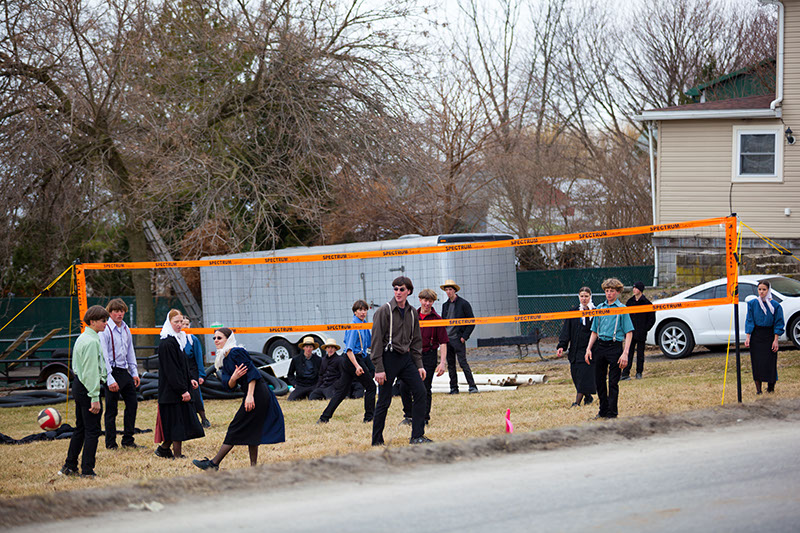
Typical leisure activities include fishing, hunting, and sports. You will often find a volleyball net at large gatherings for weddings and funerals. Young adults use these events to find a suitable mate. In order to marry, the man must be able to support his bride since they move into their own home shortly after the wedding. They will often find mates away from the local community and sometimes in other States. Most large families have their children spread across multiple States and communities to prevent inner family breeding which is not allowed within the Amish communities.
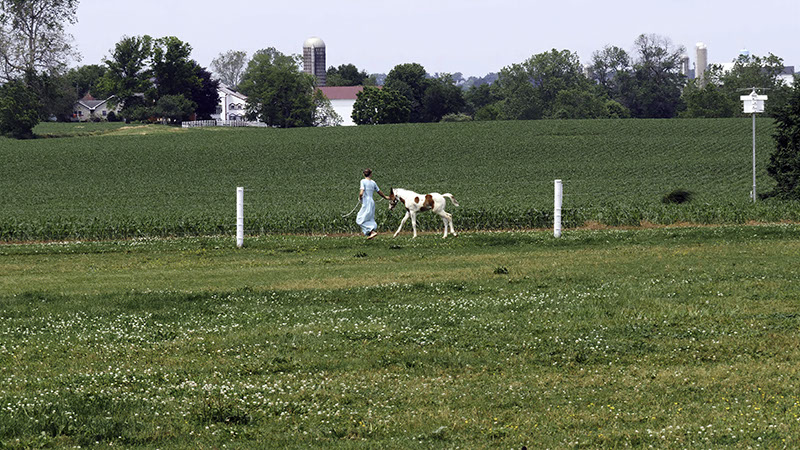
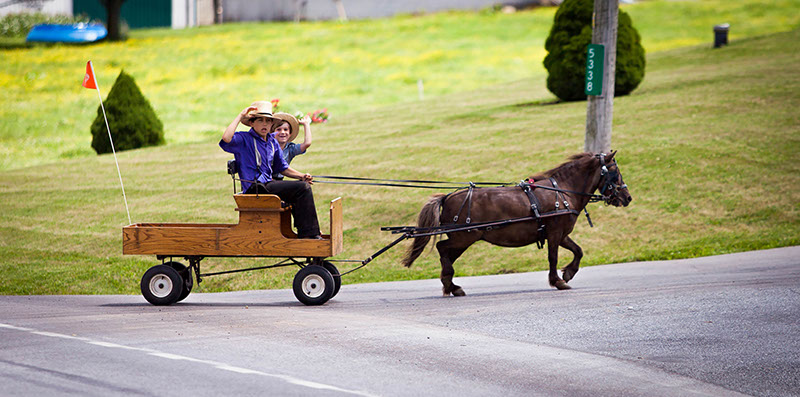
Children will use ponies for transportation and entertainment on their own land. This is where they learn the skills they will use in adulthood for larger horses and teams. They might also train ponies and young horses for other families as an occupation. (top left) It is not uncommon to see the older children driving the horse and buggy to school with their siblings.
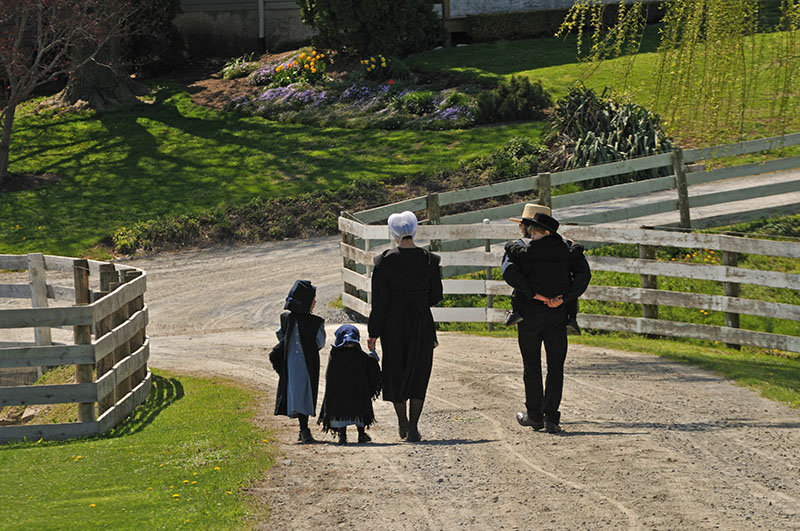
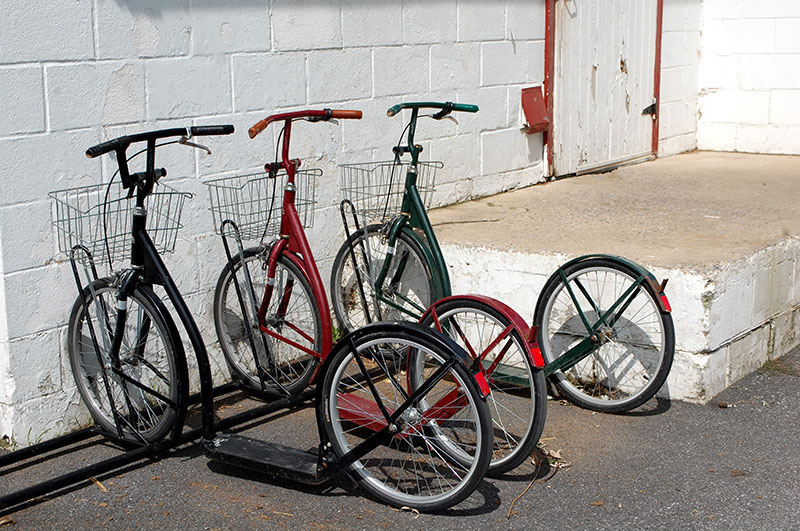
In addition to horse and buggy transportation, Amish families prefer to walk. Some use scooters (top right) and bicycles are allowed in certain communities. These forms of transportation will likely be the only time you will see rubber and inner tubes on a wheel. All of their buggies, carriages, wagons, and trailers have metal and wood rims.
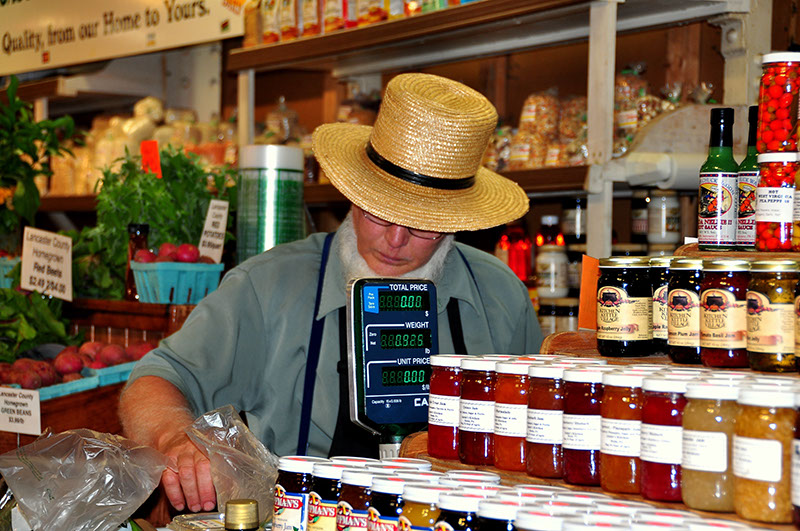
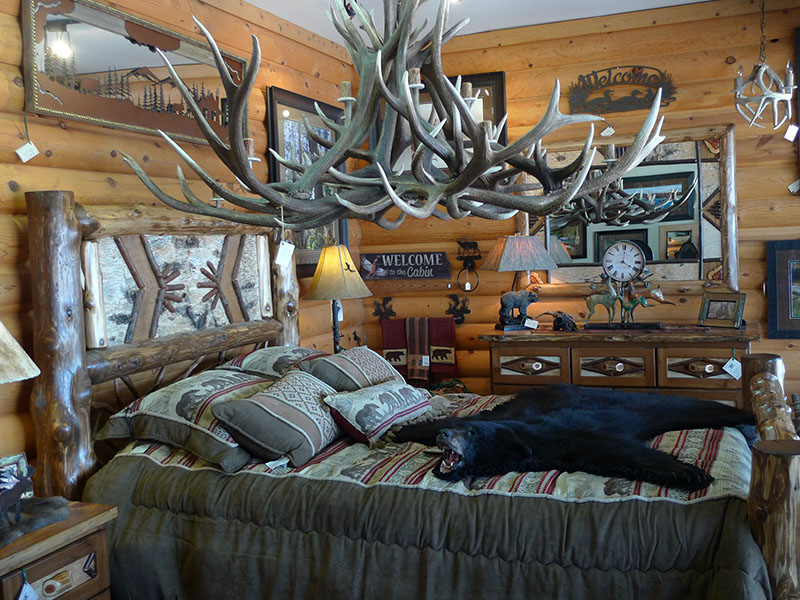
You will find an Amish store in most communities, and most stores cater to both Amish and non-Amish (English) alike. Some stores sell bulk items for cooking, baking, and canning. Certain communities focusing on tourism will sell items made by the Amish ranging from furniture, fresh fruits and vegetables, canned goods, and baked goods. (upper right)

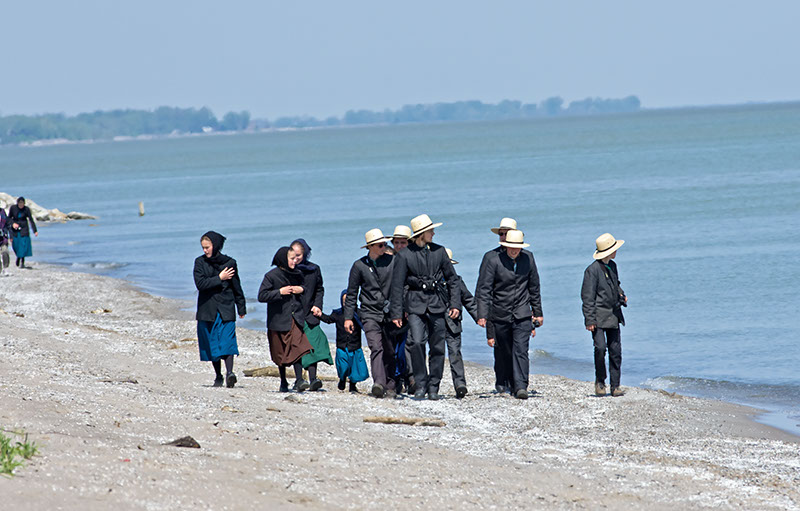
Amish families prefer to travel long distances by train, bus, or hired van drivers for family events (funerals, weddings, birthdays, holidays). Sometimes they travel for leisure with the entire family for curiosity and education. There are also times when they must travel for medical procedures. During leisure and medical travel, they will stay in hotels and rent apartments for long stays if there is no family in the area.
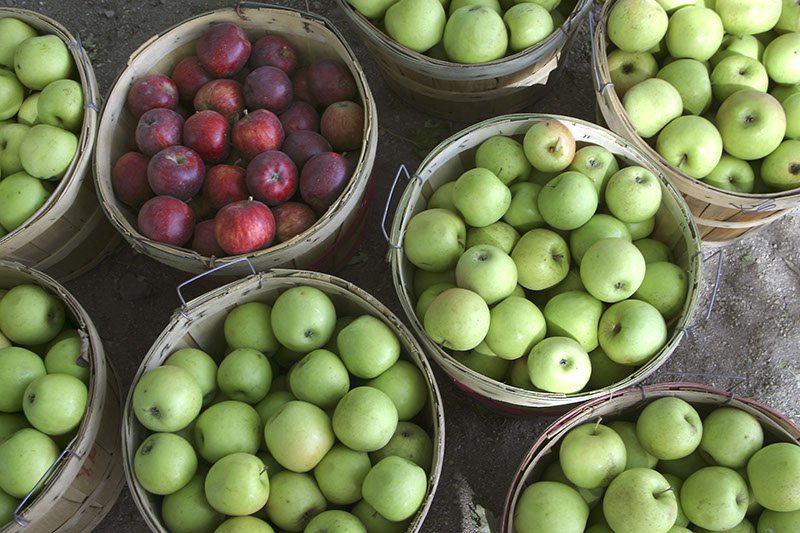

During canning season, one person will be in charge of bringing in truckloads of fresh fruits and vegetables when they are in season. One farm will host the distribution with families arriving throughout the day with their buggies to load many bushels for canning.
Once the fruits or vegetables have been brought home, they will spend the next few weeks continuously preparing and canning to line their shelves with food for the Winter. They even can meat products as well.
